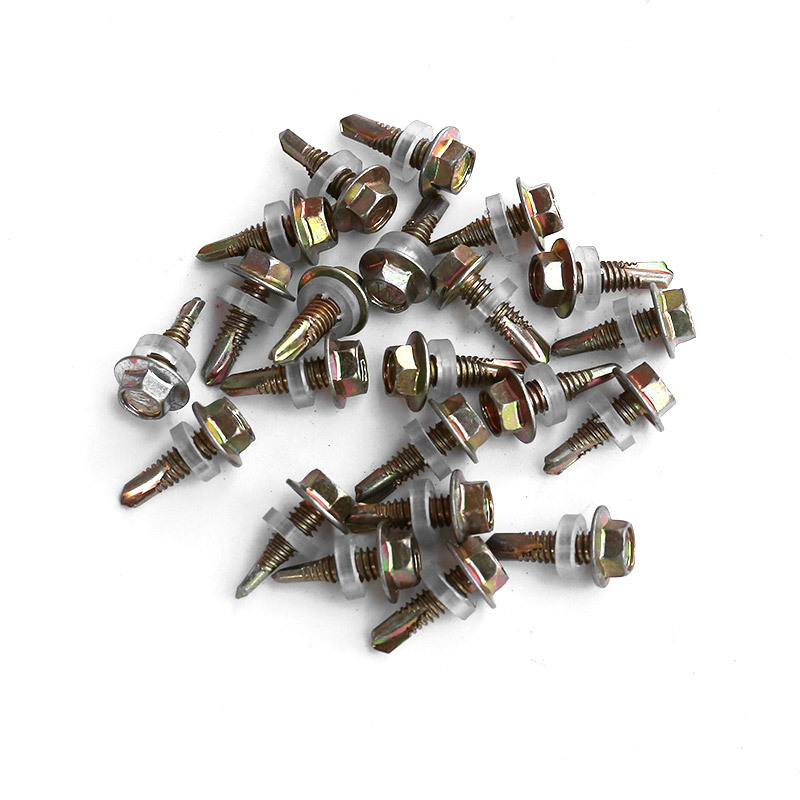

Understanding M12 Shear Bolts for Structural Applications and Load-Bearing Solutions
Oct . 11, 2024 21:13 Back to list
Understanding M12 Shear Bolts for Structural Applications and Load-Bearing Solutions
Understanding M12 Shear Bolts Applications and Importance
Shear bolts, specifically M12 shear bolts, play a crucial role in various engineering and construction applications. These specialized fasteners are designed to fail at a predetermined load, providing a controlled way to protect structures and machinery from excessive stress or impact. In this article, we'll explore the characteristics, applications, and significance of M12 shear bolts in modern engineering.
Characteristics of M12 Shear Bolts
The term M12 refers to the metric size of the bolt, indicating a nominal diameter of 12 millimeters. Shear bolts are typically made from high-strength materials such as carbon steel or alloy steel, which ensures they withstand significant forces before reaching their shear capacity. They often have a specific design, featuring a smooth shaft and a predefined shear point, which is designed to be weaker than the surrounding materials to ensure that the bolt will shear off instead of causing damage to the assembly.
The surface finish of M12 shear bolts can also vary, with options such as zinc plating or hot-dip galvanizing to enhance corrosion resistance. This is particularly important for applications exposed to harsh environmental conditions.
Applications of M12 Shear Bolts
One of the most common applications for M12 shear bolts is in the construction and assembly of structural beams and supports. In these contexts, shear bolts act as sacrificial fasteners that can absorb excessive loads or mitigate the risk of catastrophic failure. For example, in bridge construction, these bolts ensure that if a structural overload occurs, they will shear off rather than allowing the bridge structure itself to buckle or collapse.
Another critical application of M12 shear bolts is in automotive engineering. In vehicle assemblies, these bolts are often used to secure critical components such as axle connections and suspension systems. Should an impact occur, the shear bolts can break away, preventing damage to more expensive components and potentially saving lives by keeping systems intact during a collision.
m12 shear bolts

M12 shear bolts are also commonly used in machinery and equipment where safety is paramount. For instance, in wind turbines and heavy machinery, these bolts serve as fail-safes. If a mechanical failure occurs, the shear bolts are designed to shear under excessive loads to prevent further damage to the machinery and to ensure the safety of operators.
The Significance of M12 Shear Bolts
The importance of M12 shear bolts cannot be overstated. They serve as a protective measure that enhances the overall safety of engineering structures. By designing systems to fail in a controlled manner, engineers can protect critical components and ensure that failures do not result in catastrophic events.
Furthermore, the use of shear bolts reflects a broader engineering principle known as engineered failure. This concept revolves around the idea that by deliberately designing parts to fail at certain points, engineers can devise systems that are both safer and more reliable. M12 shear bolts exemplify this concept by providing a method of load management that limits potential damage.
Additionally, the use of these bolts can lead to significant cost savings in maintenance and repair. Instead of replacing entire assemblies after an overload or impact, replacing a shear bolt is a relatively small and straightforward task. This not only minimizes downtime but also extends the lifecycle of the machinery and structures involved.
Conclusion
In conclusion, M12 shear bolts are a vital component in engineering and construction applications, providing safety and reliability in various systems. Their ability to fail in a controlled manner makes them essential for protecting both infrastructure and human lives. As technology advances, the role of such specialized fasteners will continue to evolve, but their significance in ensuring safety and functionality will remain paramount in the engineering landscape. Understanding and utilizing M12 shear bolts effectively is crucial for modern engineering practices, providing a blend of safety, efficiency, and durability.
Latest news
-
High-Strength Hot Dip Galvanized Bolts - Hebei Longze | Corrosion Resistance, Customization
NewsJul.30,2025
-
Hot Dip Galvanized Bolts-Hebei Longze|Corrosion Resistance&High Strength
NewsJul.30,2025
-
High-Strength Hot-Dip Galvanized Bolts-Hebei Longze|Corrosion Resistance&High Strength
NewsJul.30,2025
-
Hot Dip Galvanized Bolts-Hebei Longze|Corrosion Resistance&High Strength
NewsJul.30,2025
-
Hot Dip Galvanized Bolts - Hebei Longze | Corrosion Resistance, High Strength
NewsJul.30,2025
-
High-Strength Hot Dip Galvanized Bolts-Hebei Longze|Corrosion Resistance, Grade 8.8
NewsJul.30,2025

